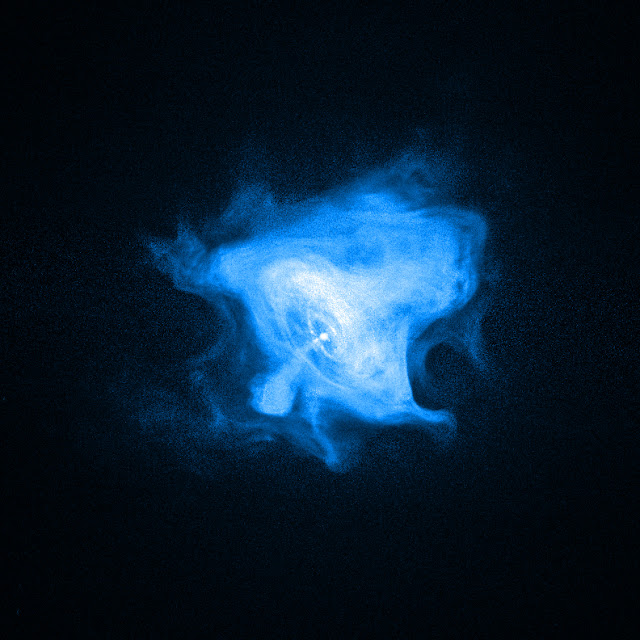ROSCOSMOS - Soyuz TMA-19 Mission patch.
15.01.2011
Soyuz TMA-19/ISS 23-24 crew has successfully completed the mission program, which covered significant number of scientific experiments, Roscosmos Stats Secretary- Deputy Head Vitaly Davydov stated on Friday during ‘Welcome-Home’ ceremony for Fiodor Yurchikhin, Shannon Walker and Douglas Wheelock at Star City. Davydov also noted that the crew was very professional and harmonious.
Soyuz TMA-19 Crew
The crew spent more than 5 months in the station, received 3 Russian cargo space vehicles, performed more than 40 experiments, including the international ones.
Roscosmos Deputy Head congratulated the crew and presented special awards of the Federal Space Agency to Fiodor Yurchikhin, Shannon Walker and Douglas Wheelock.
Operations and Experiments in the International Space Station (January 17-23, 2011)
International Space Station (ISS)
January 17, Monday
ISS attitude control with USOS CMG assistance
Preparation for purging and evacuation of the Progress M-08M fuel and oxidizer refueling devices
Pre-EVA crew training on airlocking procedures
Pre-EVA processing of the space suits
Progress M-08M reactivation
Removal of QD-screws on the docking assembly
Closure of Progress M-08M hatches, leak check
ECLSS (Environment Control and Life Support System) maintenance operations
Space ray research: BTN-Neutron (registration of high-energy neutron flows)
Study of the physical conditions in the ISS environment: Matreshka-R (study of radiation environment dynamics in the station and improvement of space dosimeter)
Space bio-technology: Biotrek (study of space radiation heavy particle flows influence on genetic properties of producing cells in biologically active substances), Lactolen (study of the space environment effects on growing, genetic and physiological parameters of the lactolen producent strain)
Life-science experiments: Biorisk (exposure of the sets with passive samples), Sonocard (validation of the medical system by using contactless monitoring of the crew physiological parameters during sleeping time), Vzaimodeistvie (Interaction) (study of the long-term space mission crew behavior patterns: crew-ops)
Geophysics and studies of the near-Earth space: Vsplesk (Splash)(monitoring of the seismic effects in near-Earth space), Impulse (ionosphere sounding by pulsed plasma sources- standby)
Contract experiments: EXPOSE-R (studies of exobiological processes in outer space)
Medical test: evaluation of the hand muscles, measurement of the body mass and shank size
Here is a NASA graphic that shows the experiment and where it is to be installed oustide the Zvezda module
ISS attitude control with USOS CMG assistance
Purging and evacuation of the Progress M-08M fuel and oxidizer refueling devices
Pre-EVA crew training in the space suits
ECLSS maintenance operations
Space bio-technology: Biotrek, Lactolen
Study of the physical conditions in the ISS environment: Matreshka-R
Studies of the Solar system: BTN-Neutron
Life-science experiments: Biorisk
Educational experiments:
Geophysics and studies of the near-Earth space: Vsplesk, Impulse
Contract experiments: EXPOSE-R
January 19, Wednesday
ISS attitude control with USOS CMG assistance
Filling Electron water containers
Progress M-07M reactivation
Removal of QD-screws on the docking assembly
Closure of Progress M-07M hatches, leak check
ECLSS maintenance operations
Space bio-technology: Biotrek, Lactolen
Study of the physical conditions in the ISS environment: Matreshka-R
Studies of the Solar system: BTN-Neutron
Life-science experiments: Biorisk, Sonocard, Vzaimodeistvie, Sprut (study of the liquids in the human body)
Contract experiments: EXPOSE-R
Geophysics and studies of the near-Earth space: Vsplesk, Impulse
Technical studies and experiments: Veterok (Wind) (in-orbit validation of the equipment and new technology effectiveness for gas environment parameters)
Here is a NASA graphic that shows the experiment and where it is to be installed oustide the Zvezda module
January 20, Thursday
ISS attitude control with USOS CMG assistance
Test of the Progress M-08M Kurs-P and Kurs-A systems
Refining EVA timeline, consultations with the EVA expertsCrew rest – half-a-day
ECLSS maintenance operations
Space bio-technology: Biotrek, Lactolen
Studies of the Solar system: BTN-Neutron
Life-science experiments: Biorisk
Study of the physical conditions in the ISS environment: Matreshka-R
Geophysics and studies of the near-Earth space: Vsplesk, Impulse
Contract experiments: EXPOSE-R
January 21, Friday
Crew EVA (Oleg Skripochka, Dmitry Kondratiev)
ISS attitude control with USOS CMG assistance
Preparation of the Poisk module and reactivation of Soyuz TMA-M
Post-EVA ISS RS return to the initial state
ECLSS maintenance operations
Space bio-technology: Biotrek, Lactolen
Studies of the Solar system: BTN-Neutron
Life-science experiments: Biorisk
Study of the physical conditions in the ISS environment: Matreshka-R
Geophysics and studies of the near-Earth space: Vsplesk, Impulse,
Contract experiments: EXPOSE-R
Medical test: biochemical urine analysis
Biorisk-2 on Pirs Module
January 22, Saturday
ISS attitude control with USOS CMG assistance
Weekly ISS cleaning
Crew rest – half-a-day
ECLSS maintenance operations
Space bio-technology: Biotrek, Lactolen
Studies of the Solar system: BTN-Neutron
Life-science experiments: Biorisk, Sonocard
Study of the physical conditions in the ISS environment: Matreshka-R
Geophysics and studies of the near-Earth space: Vsplesk, Impulse
Contract experiments: EXPOSE-R
January 23, Sunday
ISS attitude control with USOS CMG assistance
ECLSS maintenance operations
Crew rest
Space bio-technology: Biotrek, Lactolen
Studies of the Solar system: BTN-Neutron
Life-science experiments: Biorisk, Sonocard
Study of the physical conditions in the ISS environment: Matreshka-R
Geophysics and studies of the near-Earth space: Vsplesk, Impulse
Contract experiments: EXPOSE-R
Technical studies and experiments: Sreda (integrated study of the ISS parameters), Identification (refining ISS math model parameters), Izgib (Curve) (registration of the levels in micro-accelerations which are provided by the equipment functioning on-board)
Nomenclature and sequence of the operations to be performed may vary depending on real circumstances.
Images, Text, Credits: Roscosmos and MCC-M PAO / NASA.
Best regards, Orbiter.ch




















































